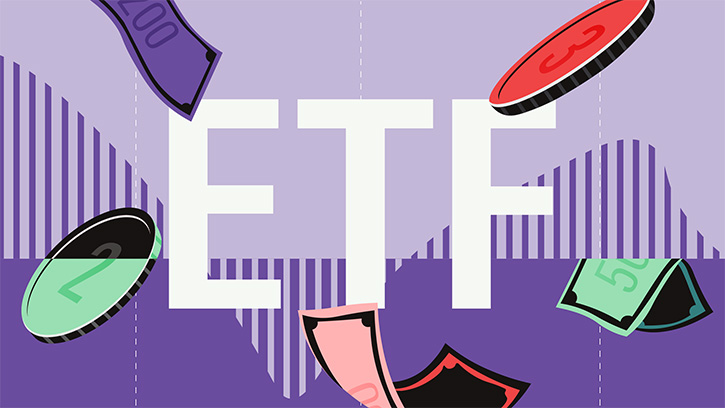In the 1980s and 1990s, the index community was the voice of reason in the investment debate. Today, however, credible voices within the index community are too often drowned out by a vocal fringe that does more to polarize than to advance the investment discussion.
Early index adopters correctly pointed out that not all managers can be above average, that costs and taxes matter, and that a long-term strategic view is more conducive to investor success than is short-term trading. They asserted, correctly, that indexing is an assured way to get an above-average long-term result after considering costs and taxes.
The math is compelling. Before frictional costs, an investor would expect a broad market index to produce a 50th percentile return. After taxes, trading costs, and expenses are considered, however, a no-load, low-cost index fund should move up from the 50th percentile toward the top quartile. (Jack Bogle himself has stated that the whole case for indexing falls apart if not prefaced by the words no-load and low-cost.) By sacrificing a shot at being in the top quintile under most conditions, an investor can usually avoid the bottom half over the long term, which is exactly what’s happened for the past 15 years (as of Dec. 31). In that period, the Vanguard 500 Index Investor Fund VFINX ranked in the 37th percentile of the large-blend category, and that’s before taxes or loads were taken into account. Clearly, indexing is a smart bet.
At some point, however, many index fans went from making the honest and helpful argument that indexing is good to making the hyperbolic and divisive case that anything other than indexing was not only bad, but also morally suspect. Extreme index supporters went from asserting that indexing beats the average fund to implying that it beats all funds. Ironically, they’ve advanced this claim during a decade when indexing has experienced unusually weak results. For the 10 years through Dec. 31, the Vanguard 500 Index fund placed in the 49th percentile of the large-blend category--hardly in keeping with its perceived dominance. The dichotomy between the facts and their assertions hasn't humbled the true believers, however. Their words have grown more extreme, as seen in a recent statement from an ETF provider that likened active fund managers to big tobacco companies, claiming that active management was as dangerous to investor wealth as tobacco is to our health.
Indexing is a very good way to invest. I invest much of my personal assets in index funds, but not every index fund is good, and not every active fund is bad. When these bomb-throwing members of the index crowd so grossly overstate their case, they jeopardize the intellectual high ground that the early members of the index community staked out. Their rhetoric also attracts less-scrupulous types who try to cloak themselves in the sainted cloth of indexing. The result has been a shift in bad behavior from the active-investment territory to the index side. Not surprisingly, many of the fund world's recent stumbles--the misguided expectations surrounding leveraged and inverse ETFs and the poor performance of many commodity products--have come under the indexing banner.
The notion that anything indexed is good and anything active is bad not only facilitates the sale of many suspect index products, it also has resulted in mass defections from many time-tested active managers, such as Capital Research, which finds itself in net redemptions because it doesn't fit into the trendy "core-and-explore" method of building portfolios. It's too active for the "core" and too tame for the "explore." Yet, Capital Research's funds have crushed broad-market index funds over the past decade. Moreover, if you ask most advisors where their clients have had the most success historically, they'll say in an instant that it's with broad-based active funds like American Funds'. Yet, that's exactly what many advisors are currently purging from client portfolios because they don't fit with the index trend. Can this possibly be beneficial for investors?
The case for indexing, while strong, has been significantly overstated. Regrettably, the index community has shown little if any inclination to discipline those who stretch the indexing case. Such inactivity may come back to haunt the entire index movement. Just as active managers ultimately paid a price for failing to police marginal members who inflated costs and overstated the benefits of active management in decades past, so, too, may the marginal index players come to taint the public's perception of indexing. While better than a misstatement, perhaps, an overstatement is still dishonest. It's time for the leaders of the index movement to step up and reclaim the intellectual honesty that their early supporters advocated. Hyperbole and divisive rhetoric grab headlines, but when truth is sacrificed in the process, the cost is too dear.
Don Phillips is a managing director of Morningstar, Inc.
















